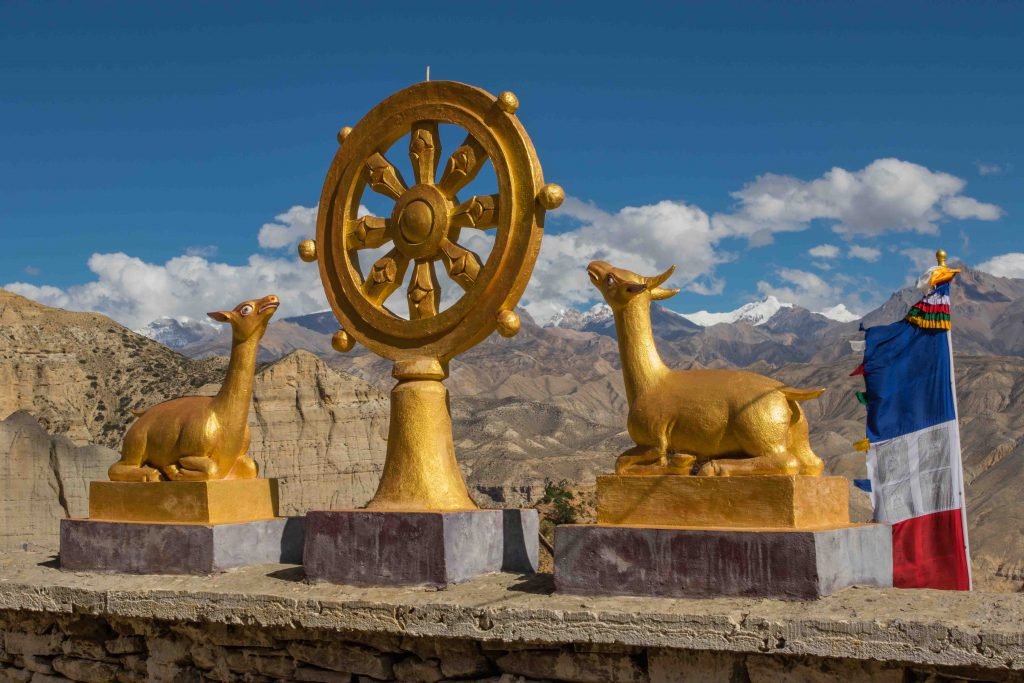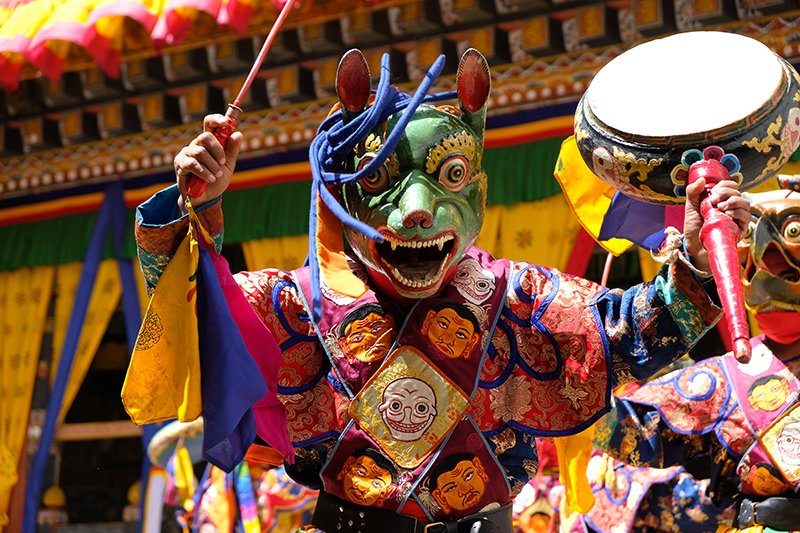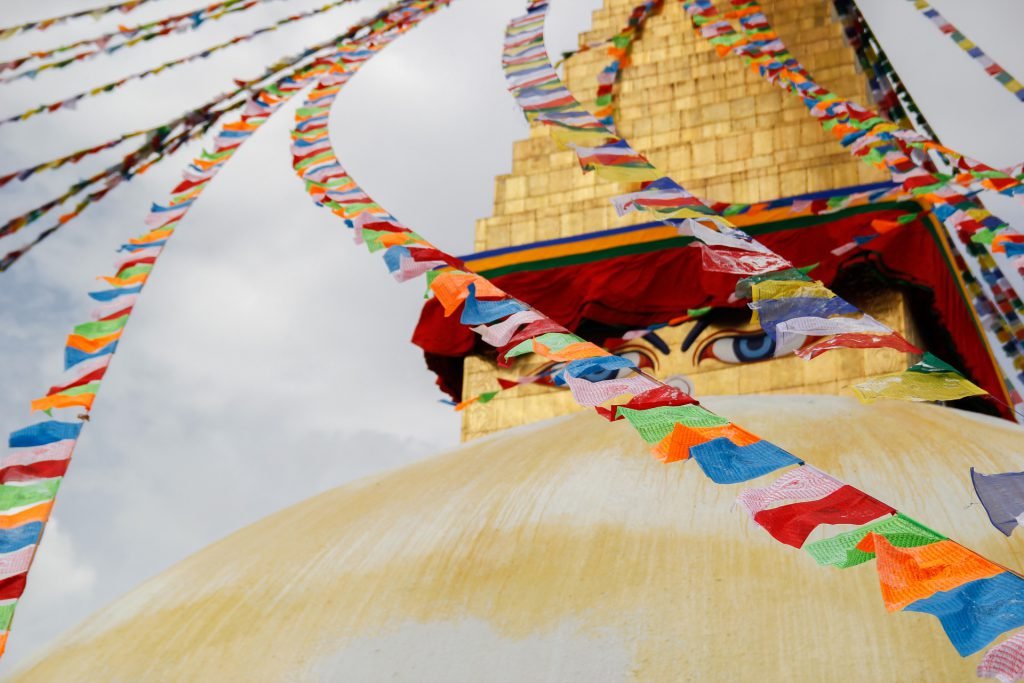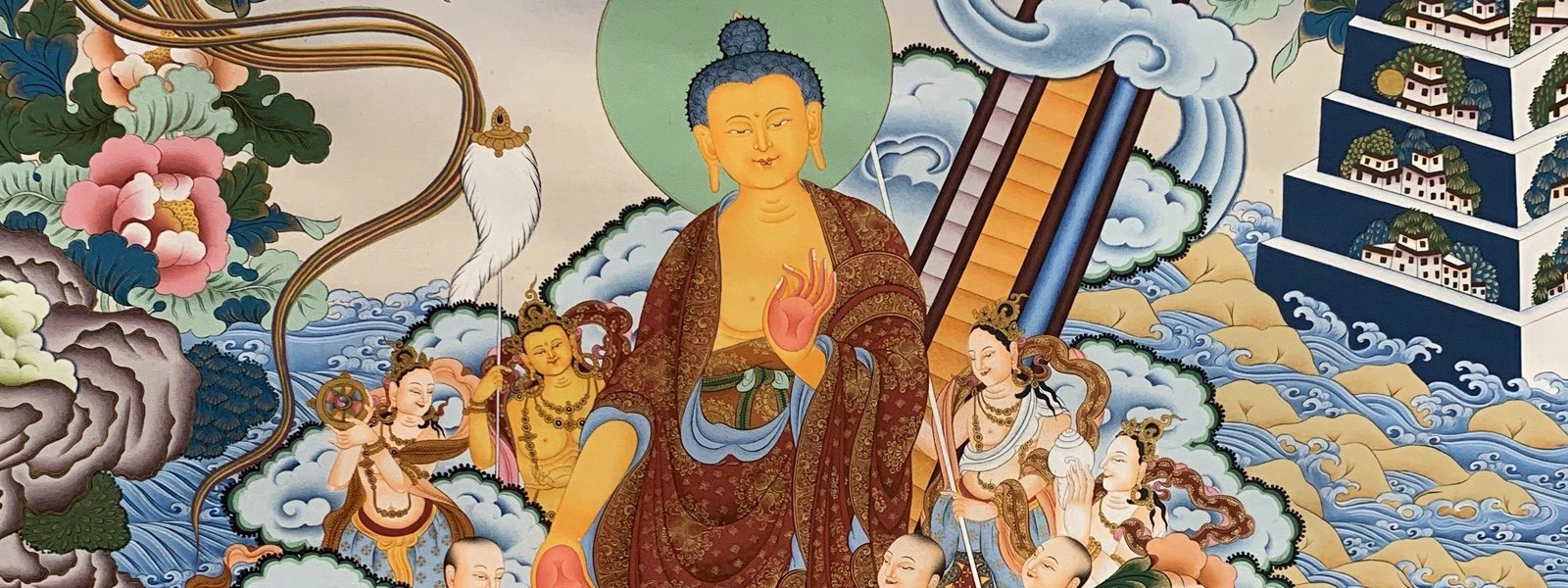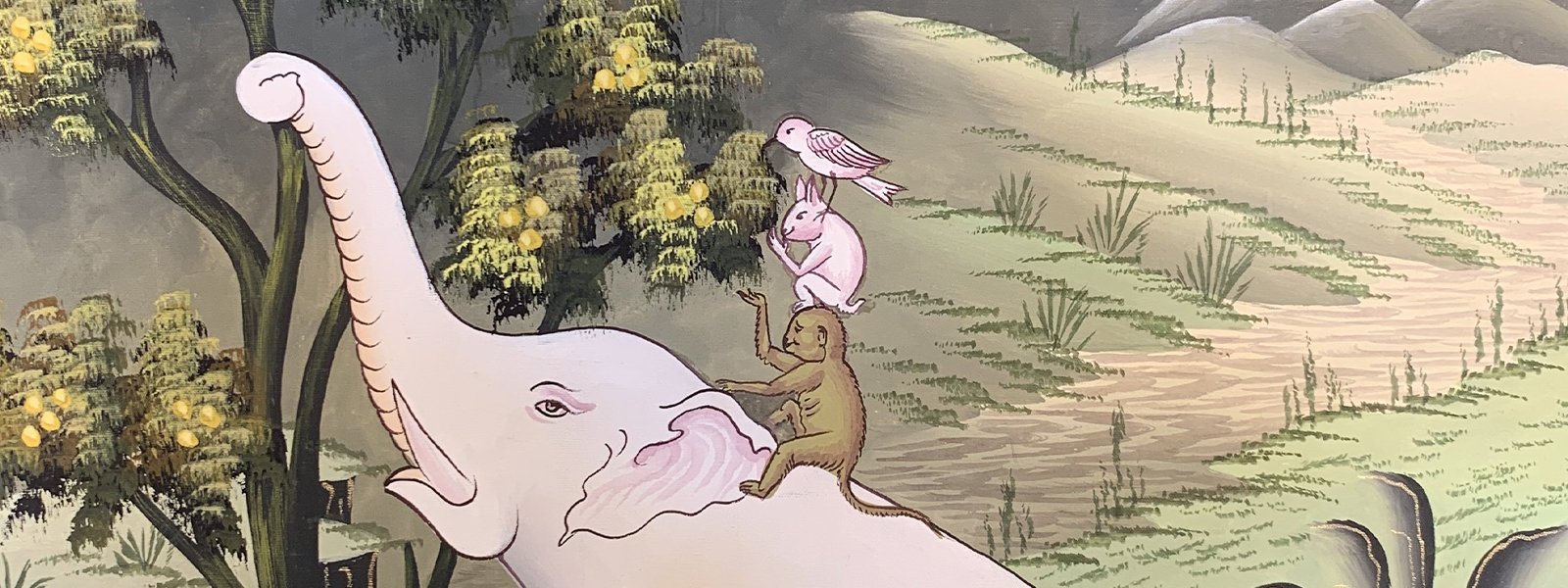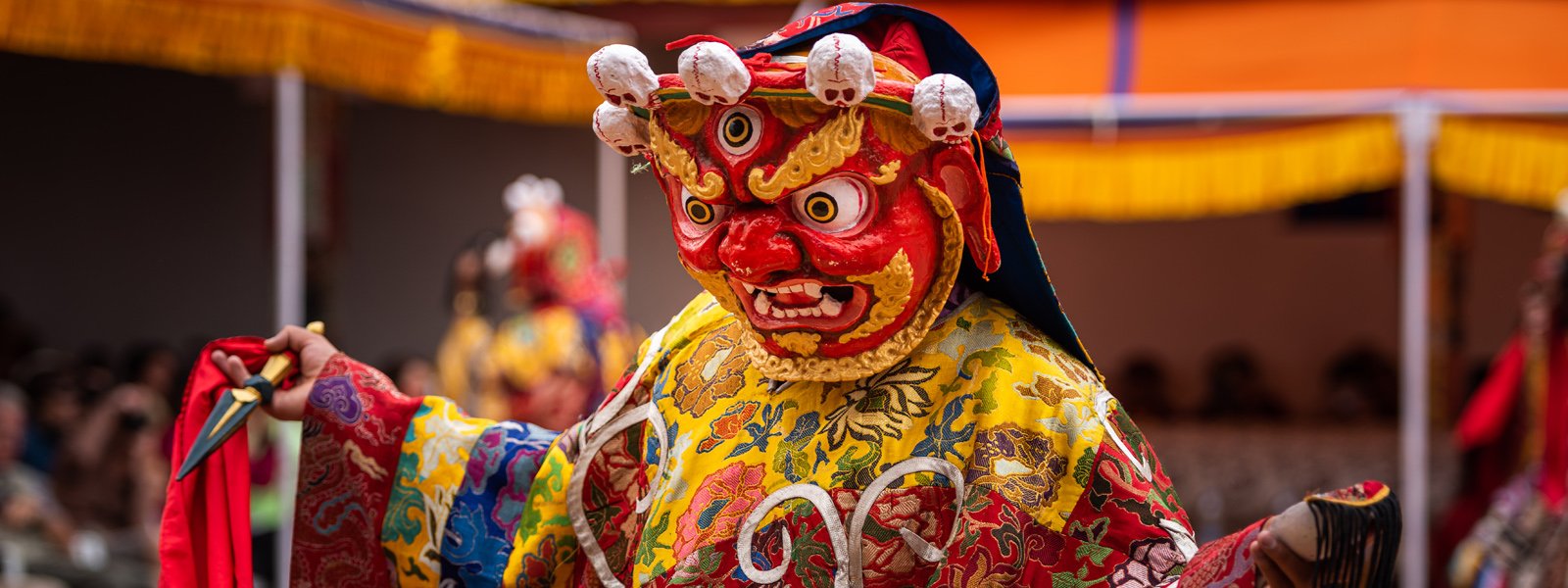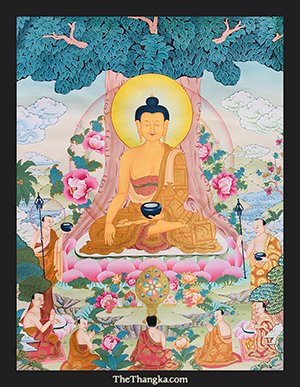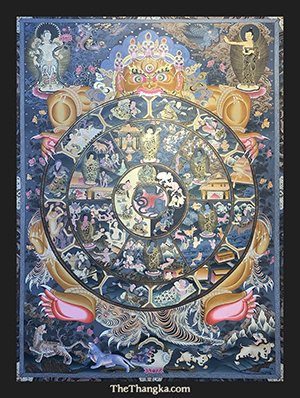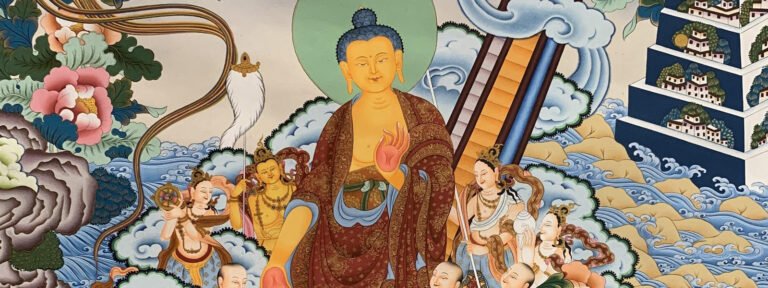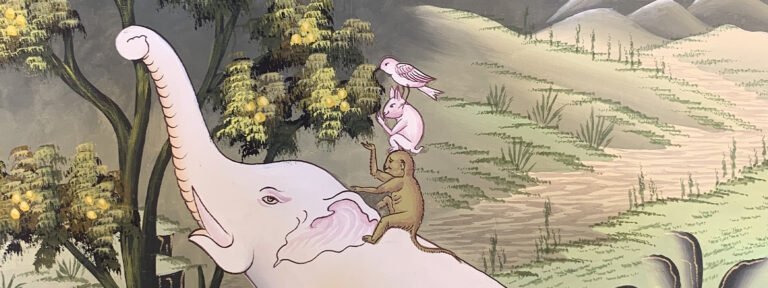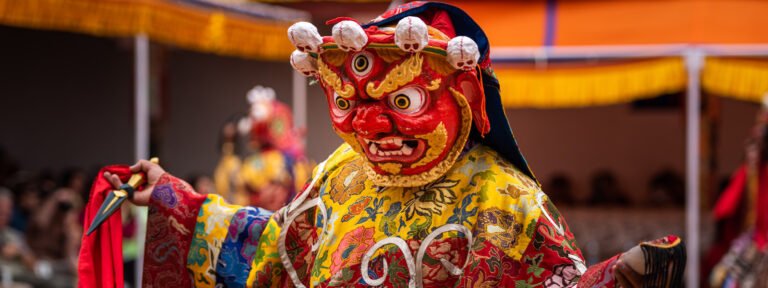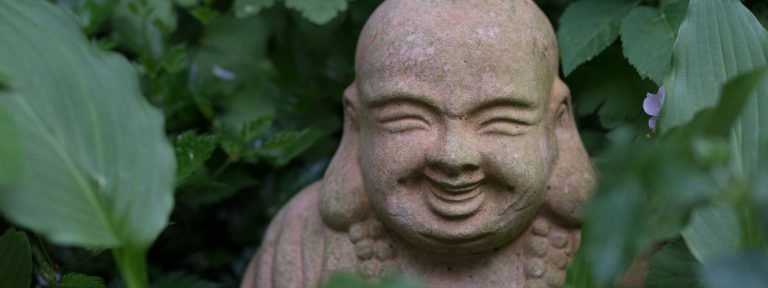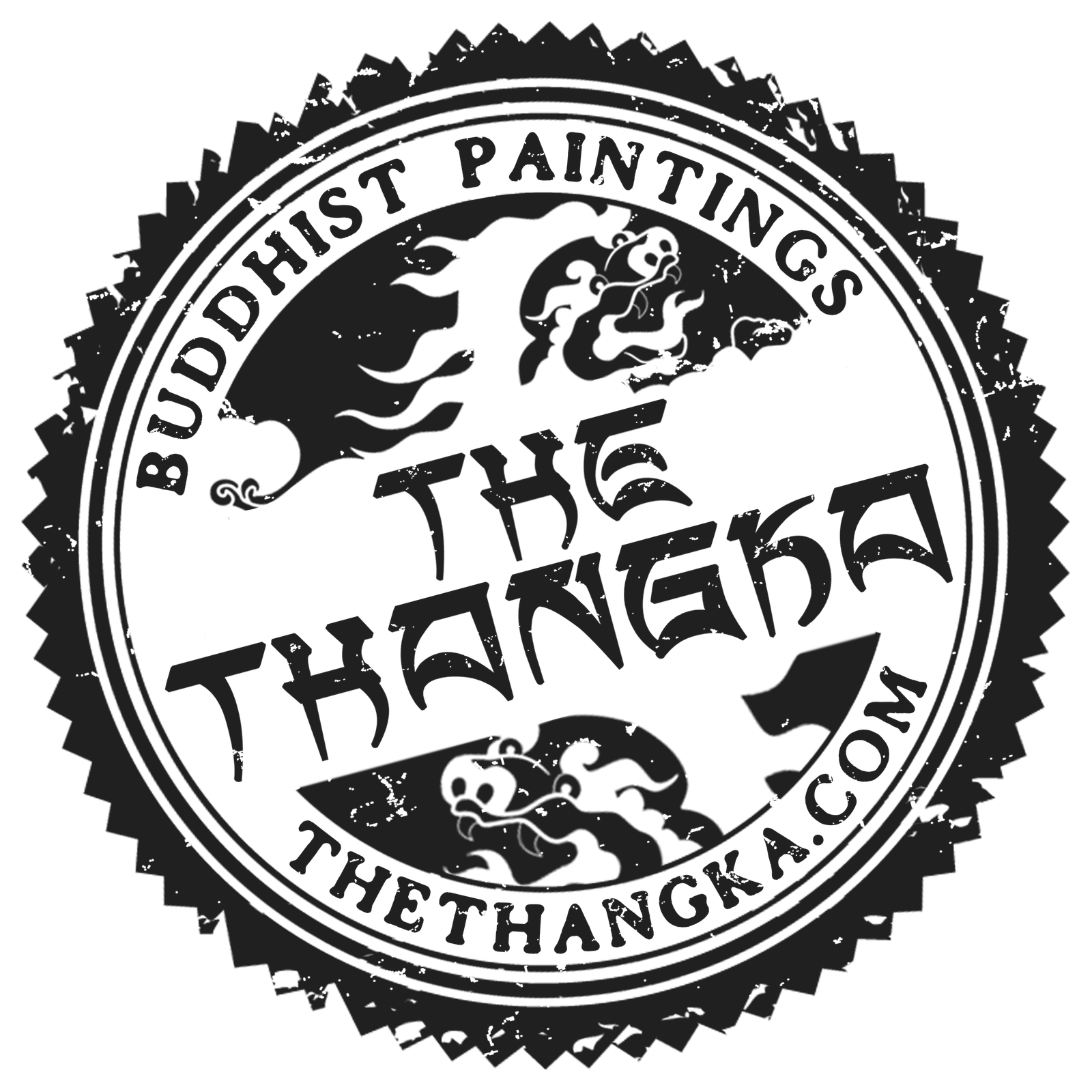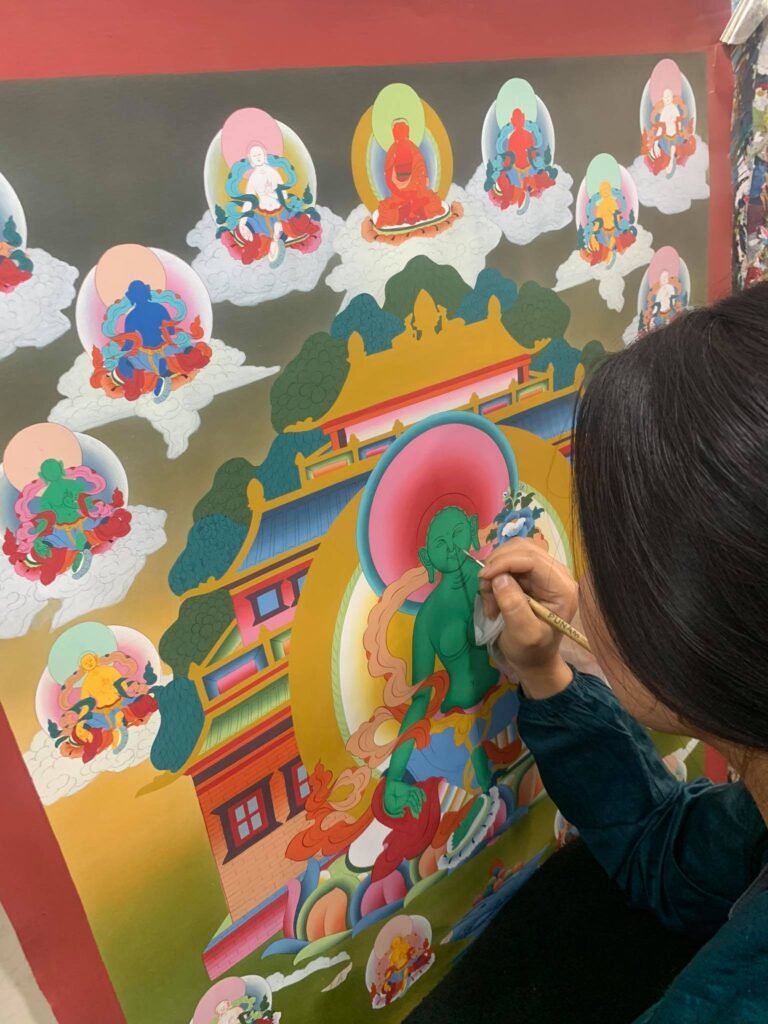Nalanda University ནཱ་ལེནྡྲ་ in India was the largest and most known of the ancient Indian monastic universities. The Nalanda monastery is associated with some of the greatest figures in Mahayana Buddhism. These prominent scholars are known as the Seventeen Great Masters (Panditas) Nalanda Monastery.

In the Tibetan tradition there is a classification of the Six Ornaments of India (Nagarjuna, Aryadeva, Asanga, Vasubandhu, Dignaga, and Dharmakirti) and the Two Supreme Ones (Gunaprabha and Shakyaprabha). The categorization of seventeen described here was put together by His Holiness the 14th Dalai Lama and expands upon these eight. His Holiness wrote about these 17 masters:
At this time, when the whole world has witnessed tremendous advancement in the fields of science and technology, but we are also greatly distracted by the hustle and bustle of our hectic lives, it is crucially important for all of us who follow the Buddha to develop faith based upon an understanding of the Buddha’s Dharma teachings. Therefore we should investigate them, by analyzing and inquiring with an unbiased and inquisitive mind. If we are to develop this faith that is supported by understanding, the outstanding works of the profound and vast traditions composed by the masters universally renowned as the ‘Six Ornaments and Two Supreme Ones’, as well as others such as Buddhapalita and Arya Vimuktisena are indispensable. With this in mind, I commissioned the painting of a thangka depicting seventeen of the most learned and accomplished masters of Nalanda, adding nine other masters from the profound and the vast lineages to the traditional thangka arrangement for the Six Ornaments and Two Supreme Ones.
H.H. the Dalai Lama also composed a prayer in homage to these seventeen masters. The prayer is called A Prayer to Kindle the Three Kinds of Faith Addressed to the Seventeen Great Paṇḍitas of Glorious Nālandā ༄༅། །དཔལ་ནཱ་ལེནྡྲའི་པཎ་ཆེན་བཅུ་བདུན་གྱི་གསོལ་འདེབས་དད་གསུམ་གསལ་བྱེད།. It was translated into English by Adam Pearcey and is available online from Lotsawa House. One of the final paragraph of this prayer ends in the following profound words:
All the marvelous explanations of the profound and vast teachings excellently revealed by Lord Buddha which were composed by these scholars from the noble land of India can open the eyes of intelligence in anyone who has discerning awareness. That these teachings are still being studied, reflected and meditated upon today, and have not diminished after almost 2550 years, is due to the kindness of these great scholars. I therefore composed this prayer to remember their kindness and, with unwavering faith, aspire to follow in their footsteps.
Below is a depiction of Buddha Shakyamuni and the Seventeen Great Scholars of Nalanda Monastery in a traditional Buddhist thangka painting:
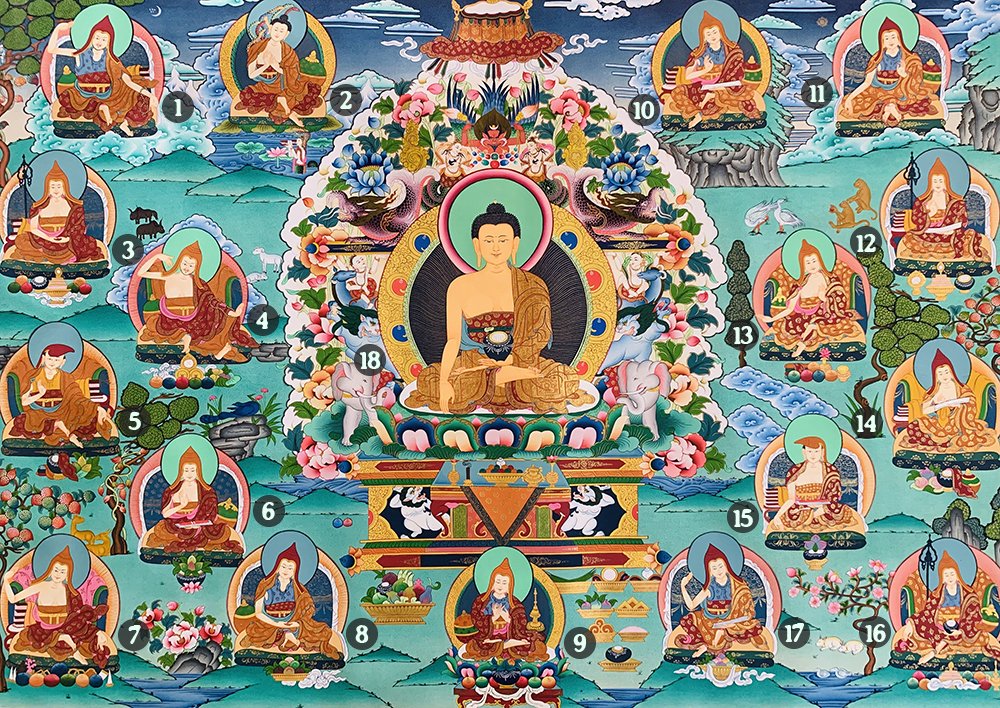
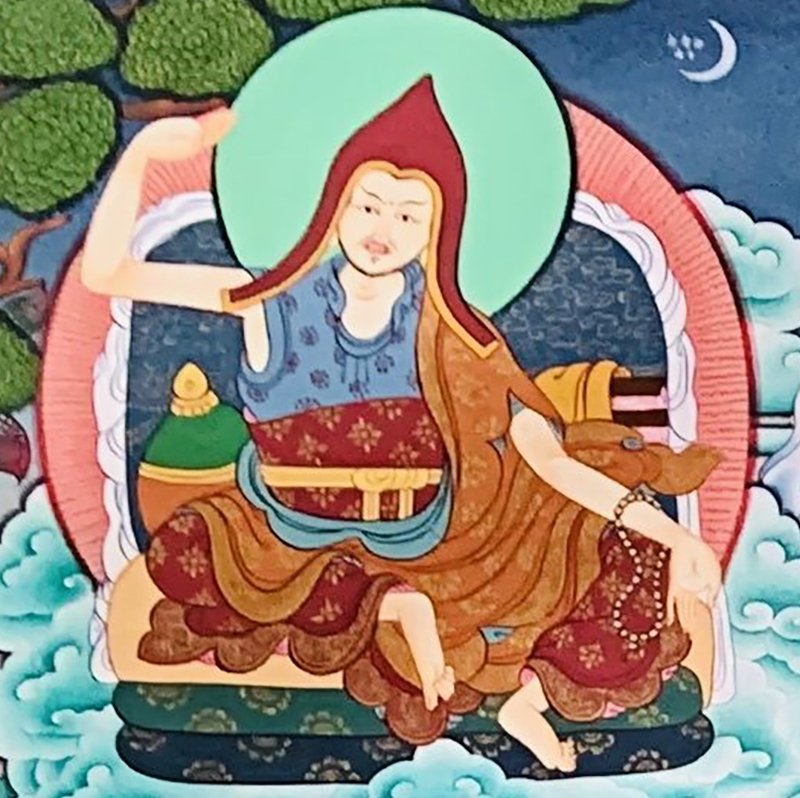
1. Aryadeva འཕགས་པ་ལྷ་ 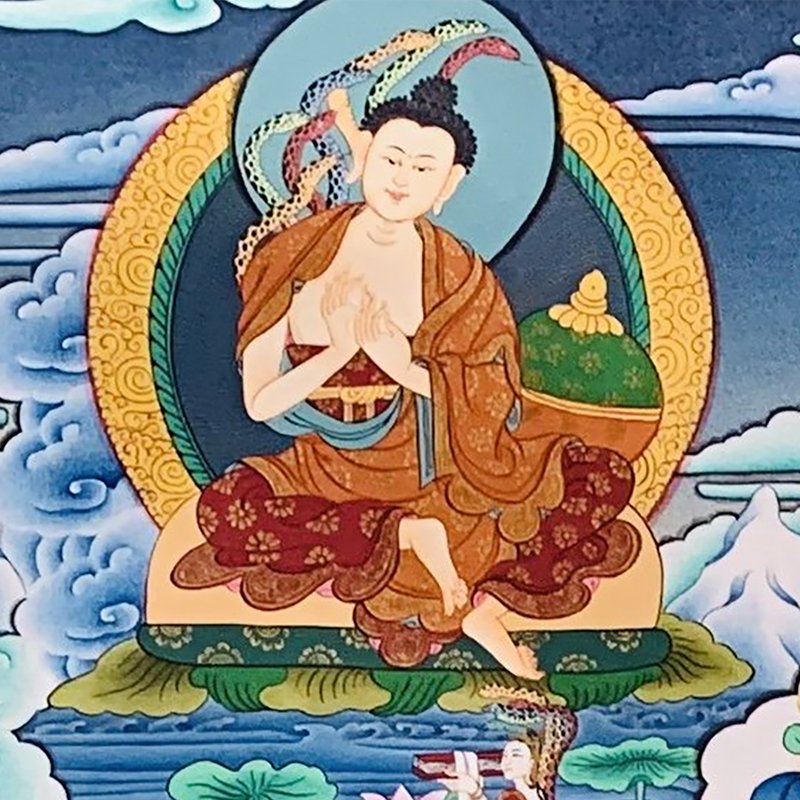
2. Nāgārjuna ཀླུ་སྒྲུབ། 
3. Gunaprabha ཡོན་ཏན་འོད་ 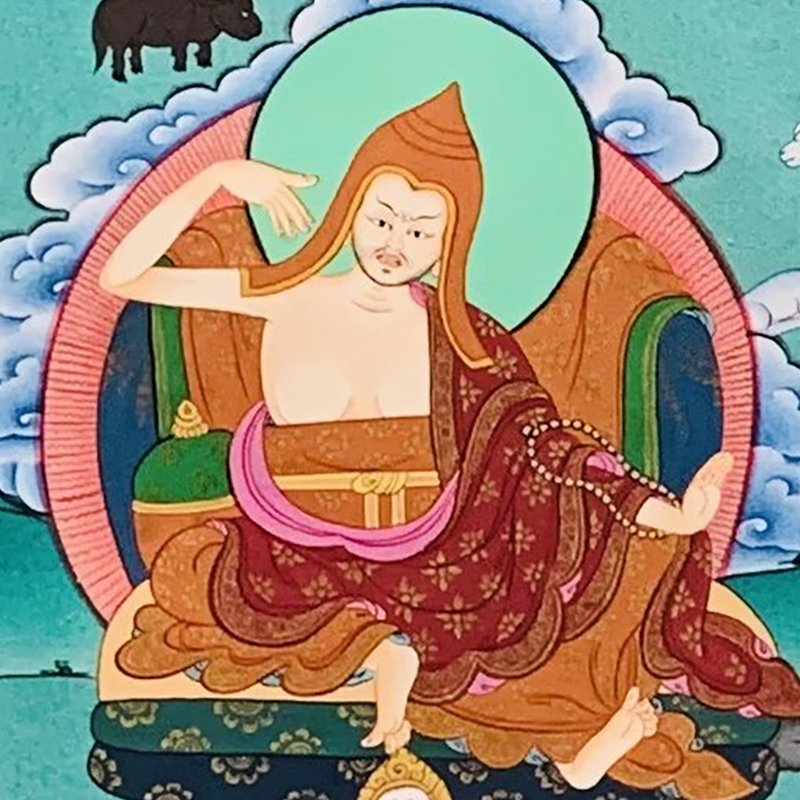
4. Dignaga ཕྱོགས་ཀྱི་གླང་པོ་ 
5. Bhavaviveka ལེགས་ལྡན་འབྱེད་ 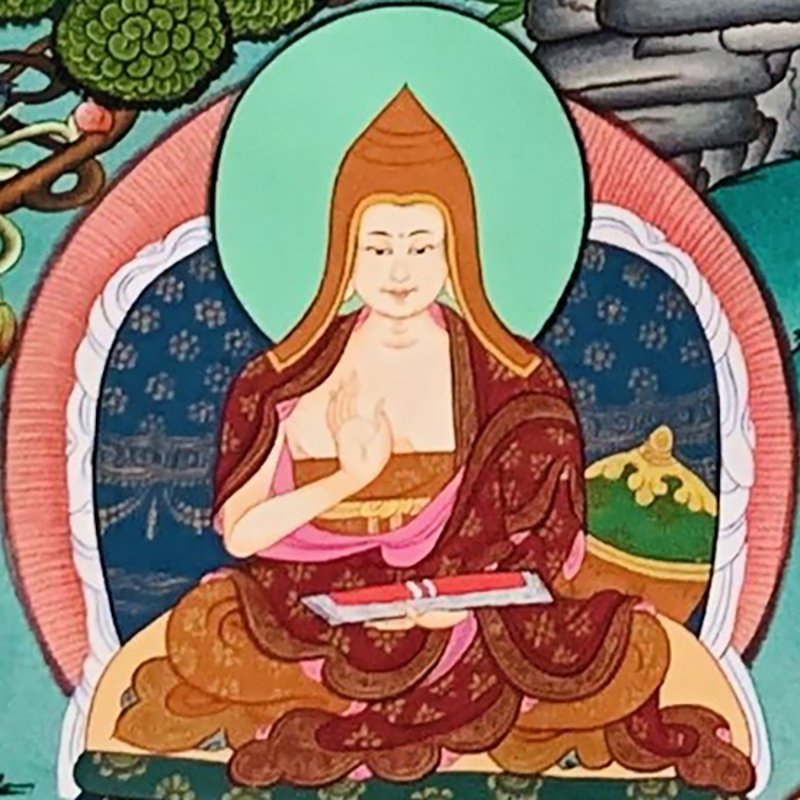
6. Buddhapalita སངས་རྒྱས་བསྐྱངས་ 
7. Chandrakirti ཟླ་བ་གྲགས་པ་ 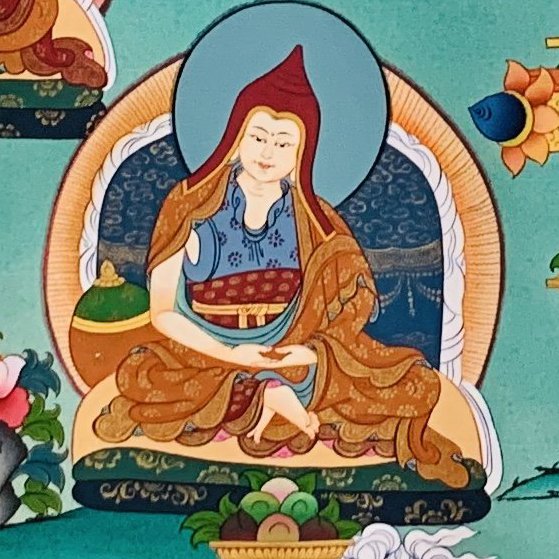
8. Shantideva ཞི་བ་ལྷ་ 
9. Jowo Jé Palden Atisha ཇོ་བོ་རྗེ་དཔལ་ལྡན་ཨ་ཏི་ཤ་ 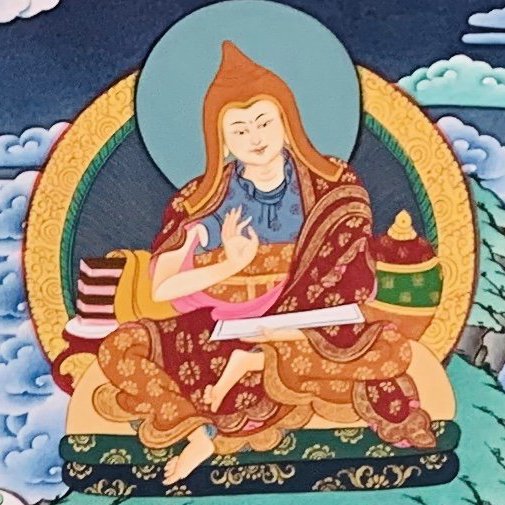
10. Asanga ཐོགས་མེད་ 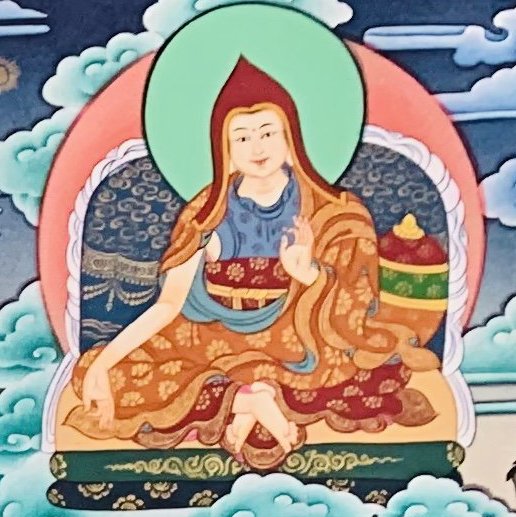
11. Vasubandhu དབྱིག་གཉེན་ 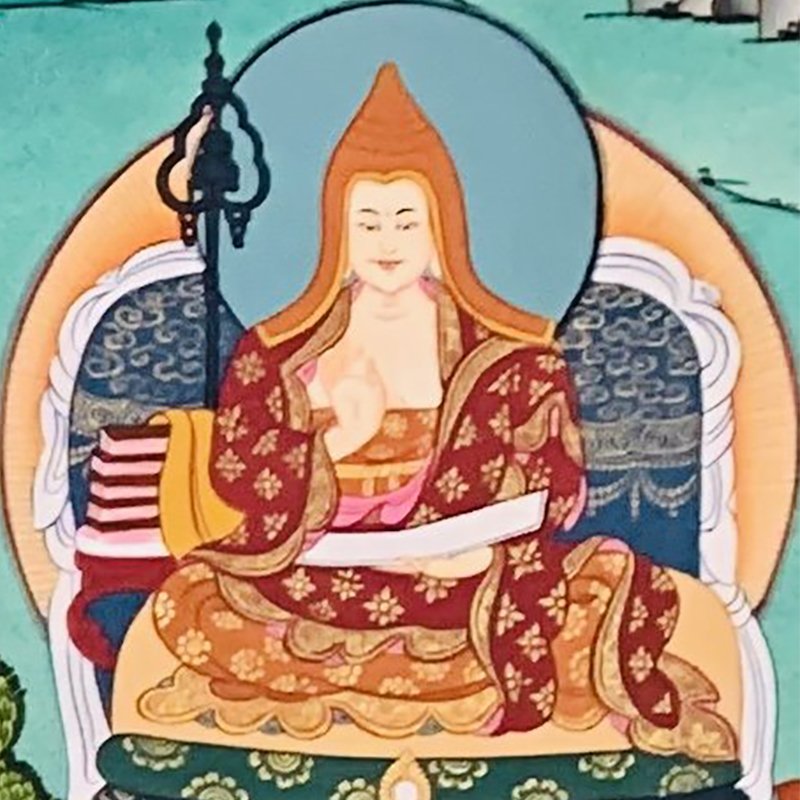
12. Shakyaprabha ཤཱཀྱ་འོད་ 
13. Dharmakirti ཆོས་ཀྱི་གྲགས་པ་ 
14. Haribhadra སེང་གེ་བཟང་པོ་ 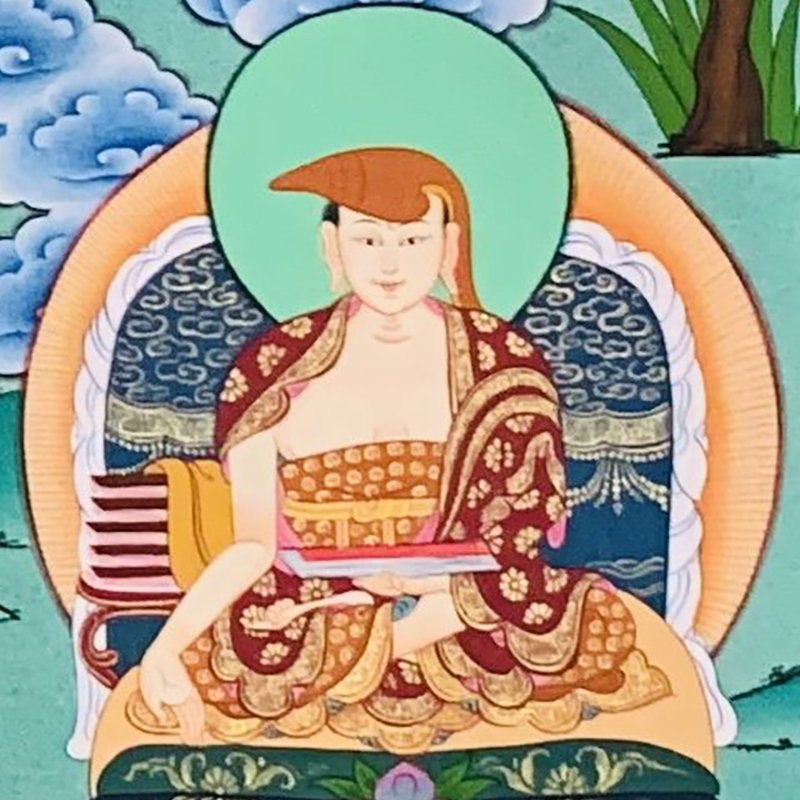
15. Arya Vimuktisena འཕགས་པ་རྣམ་གྲོལ་སྡེ་ 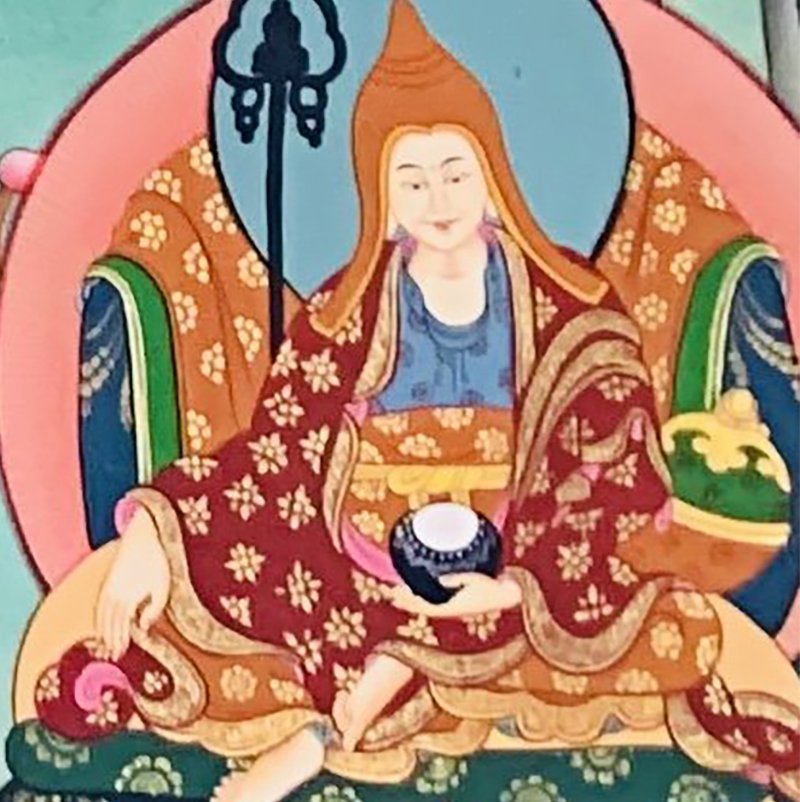
16. Shantarakshita ཞི་བ་འཚོ་ 
17. Kamalashila པདྨའི་ངང་ཚུལ་ 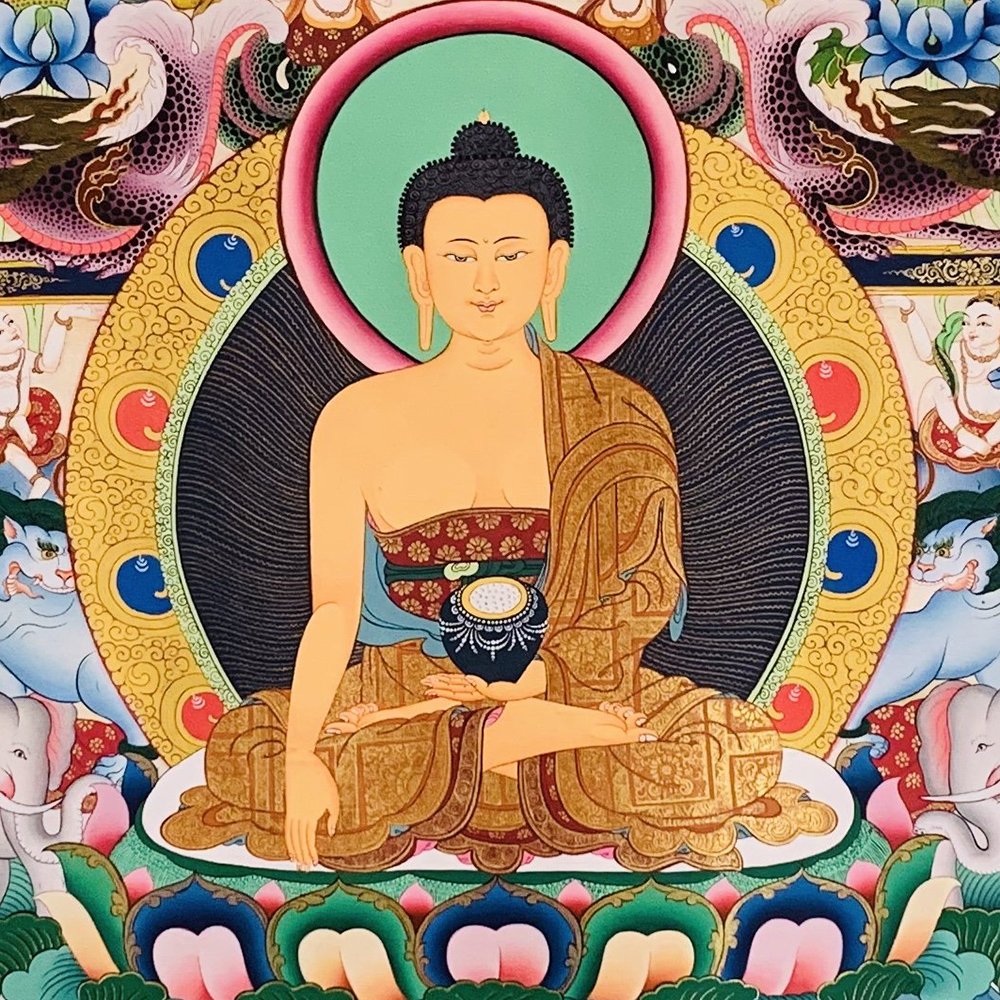
18. Buddha Shakyamuni སངས་རྒྱས་ཤཱཀྱ་ཐུབ་པ་
Sources
- Rigpa Wiki – Seventeen Nalanda Masters
- Shambhala – The Seventeen Panditas of Indian Buddhism
- Lotsawa House – Seventeen Great Paṇḍitas of Nālandā
- Thangka painting by TheThangka.com
